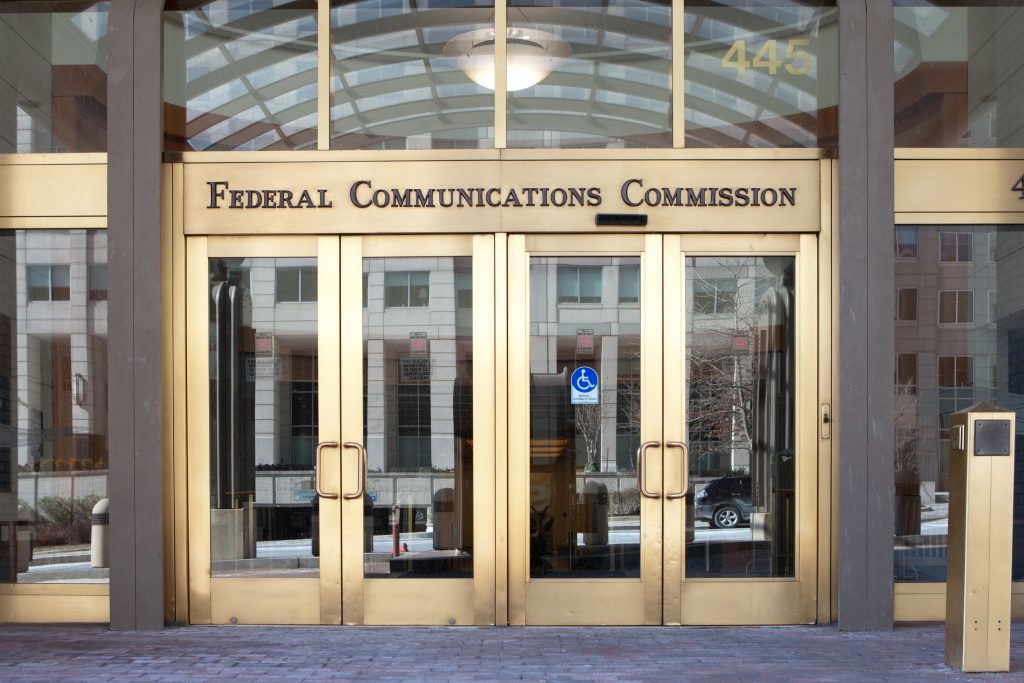
The latest update from Voqal’s director of telecommunications strategy, Mark Colwell takes a look at the recent controversy around the accuracy of broadband maps.
Closing the digital divide is an essential component of Voqal’s mission. According to the most recent data from the Federal Communications Commission (FCC), 93.5% of Americans have access to 25/3 Mbps broadband service at home. But just 73.6% of rural Americans have access to the same service. In recent years, many individuals and organizations including Congress and even the Government Accountability Office have been highly critical of the FCC for the inaccuracy of its broadband data.
On Wednesday, the House Energy and Commerce Communication Subcommittee hosted a hearing to examine how the FCC produces broadband maps. Accurately mapping where broadband is and is not available is essential because it determines where broadband subsidy funds can and cannot be distributed.
One reason for the criticism is simply how the FCC collects its data. Under FCC rules, broadband providers are responsible for submitting broadband mapping data to the FCC via Form 477. Using this form, broadband providers tell the FCC where they are offering service. If there is a single person able to subscribe within a census block area, the entire census block is considered “served” and is not eligible for broadband subsidies.
There are multiple problems with this method of broadband mapping and subsidy distribution. First, census blocks vary widely in size and population. According to the US Census Bureau, census blocks have a population between 1,200 and 8,000 residents. Census blocks vary in geographic size as well, ranging from a few city blocks to large parts of rural counties. Another problem is that stakeholders have different perspectives on broadband data collection. For instance, some have speculated that incumbent broadband providers would prefer not to face competition from a subsidized broadband competitor, giving them an incentive to make claims that the population is receiving service even if it is not.
So how bad are the FCC’s broadband maps? According to a recent pilot program from USTelecom, a trade group representing some of the largest telecommunications companies, as many as 38% of “served” rural locations actually did not have broadband service at all. The study also concluded that a national dataset could be created in 12 to 15 months at a cost of $8.5 million to $11 million. Annual updates would cost $3 million to $4 million. While the Universal Service Fund distributes over $8 billion per year, an $11 million price tag to ensure the maps are accurate seems like a no-brainer.
As for the broadband data, the FCC’s Office of Economics and Analysis and the Wireline Competition Bureau released updated data on fixed and mobile deployments on Tuesday just ahead of the House hearing. There is no word yet on how accurate – or inaccurate – the data may be. For more information on the House Subcommittee Hearing, click here.
Voqal and Mobile Citizen remain dedicated to ensuring all Americans have access to reliable broadband access and look forward to continued efforts by the FCC and Congress to ensure accurate data is being collected.